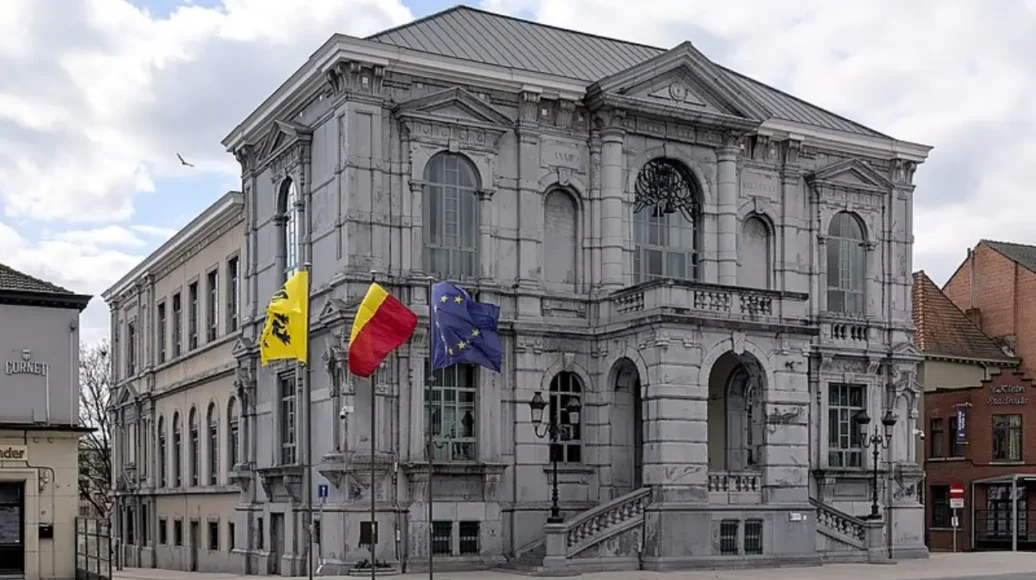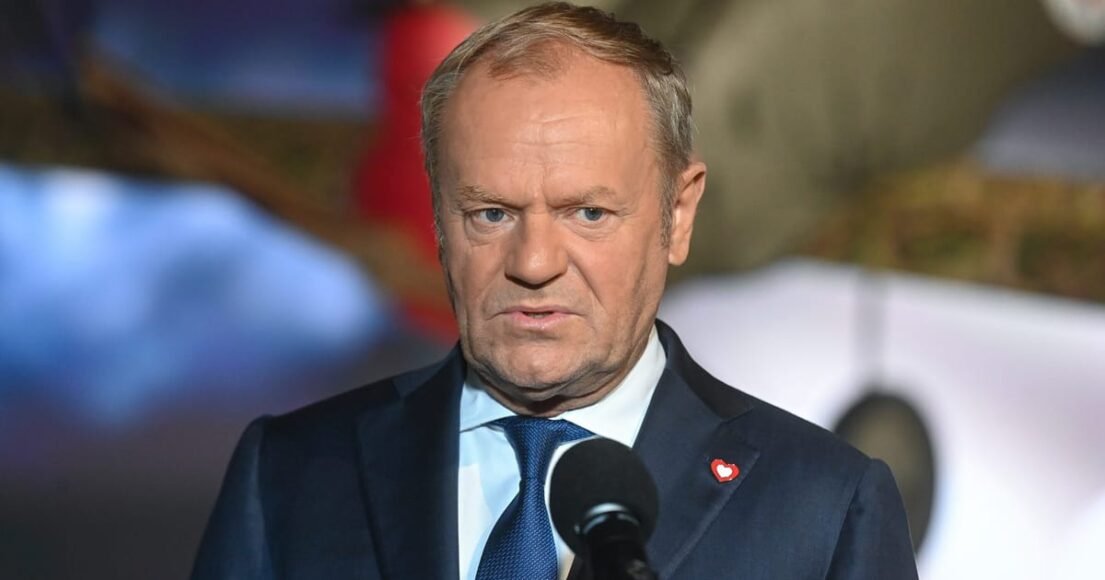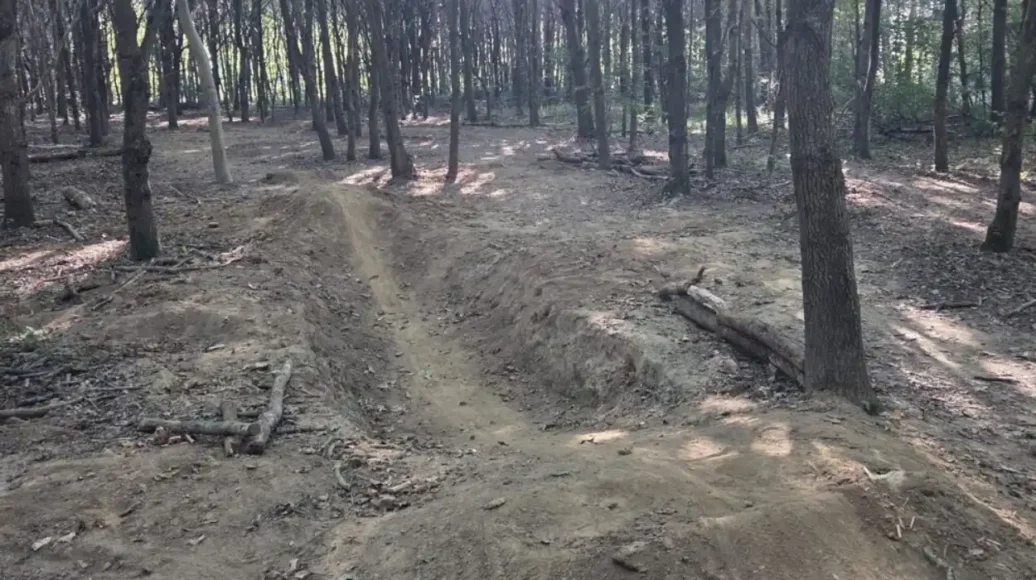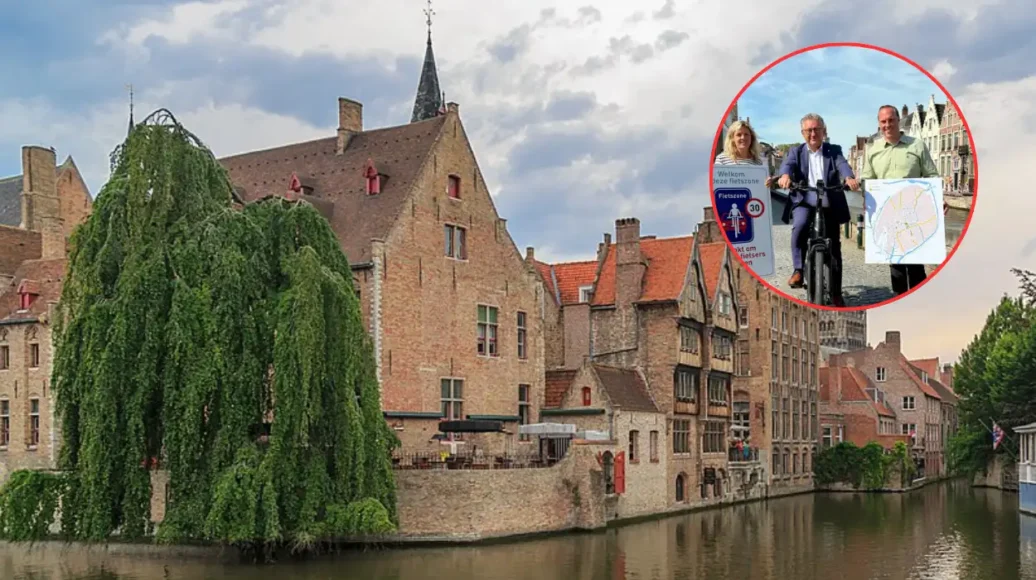
The North American XB-70 Valkyrie is one of the most recognizable aircraft for those in the know regarding vintage aircraft and military history. Pioneered by North American Aviation for the U.S. Air Force in the 1950/60s, this awesome aircraft was constructed to operate as a high-speed, high-altitude bomber with speed inaccessibilities of more than Mach 3. Although this aircraft never saw active service its impact on aviation technology particularly regarding supersonic flight, design, and engineering remains even today. This paper focuses on the history of modeling the North American XB-70 Valkyrie and provides detailed information about its construction, capabilities, and eventual discontinuance.
Brief History of the North American XB-70 Valkyrie Bomber
The XB-70 Valkyrie was created during the initial strategic bomber program by the United States Air Force during the Cold War. The initial purpose was to design and produce a bomber that would not be detectable by the Soviet radar and would travel at high altitudes and supernatural velocities. Specifically, to provide reconnaissance and maintain supervision, the Air Force was looking for a vehicle that would be able to achieve top speeds after crossing enemy lines, the solution would be a design that to this day remains unprecedented.
From this concept, the development of the XB-70 was pulled off in effort to have a jet that could travel at a speed of over 2,000 mh in supersonic flight without being chased away by interceptors or SAM. It was begun in the early 1950s and originally included a specification for a prototype to deliver this capability. The aircraft incorporated features that include wing shape, highly developed engines ,and modern material technologies.
The prototype was airborne on 21 September 1964 and was planned to become the basis for a new type of bomber. Though delivering the XB-70 Valkyrie would be a technological marvel, those technologies made the plane super costly and complicated to build, effectively sinking the plane’s development in the late 1960s.
Design & Features of the North American XB-70 Valkyrie
The North American XB-70 Valkyrie was an airplane like none other observers had ever seen in the bomber category. The aircraft had many design innovations, most of which would remain in the future of aerospace equipment.
Aerodynamic Design
The first aspect that strikes a viewer as peculiar about the XB-70 is the delta-wing plan form. The large tapered triangular wings played a part in contributing to this as the aircraft was designed to fly at high speed and altitude. The delta wing shape is very suitable at supersonic velocities because it offers stability and at the same time minimizes drag force. The XB-70 Valkyrie measured 105 feet in span and can reach 70,000 feet in altitude and thus did not fall within the operational ambit of the interceptors of that period.
Powerful Engines
The speed and altitude that was expected of this bomber required the integration of six Pratt & Whitney YJ93-P-3 engines. These engines were intended to develop stupendous thrusts at high speeds necessary for the aircraft to fly at more than three times the speed of light. Together with these engines and the thin form of the aircraft, the project was designed to operate at heights and speed beyond the capabilities of most aircraft of that time.
Advanced Materials
The XB-70 Valkyrie was made from metals that could handle the very high temperatures to which it would be exposed once flying at supersonic speeds. The skin was













Leave a Reply